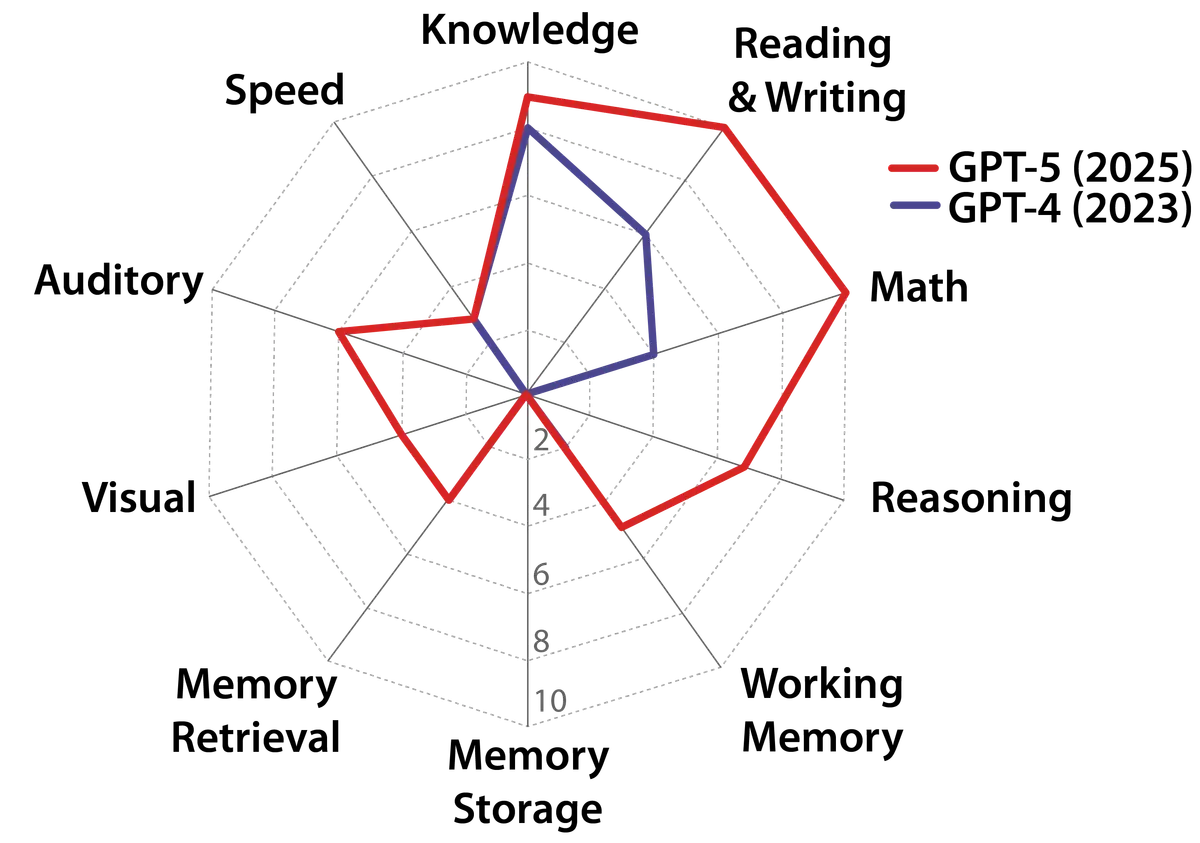In September 2024, Sam Altman published a blog post discussing “The Intelligence Age” and stated, “It is possible that we will have superintelligence in a few thousand days (!); it may take longer, but I’m confident we’ll get there”.
In the whirlwind of AI advancements, it’s easy to believe that Artificial General Intelligence (AGI) is just around the corner. Every week, a new model is released that shatters previous benchmarks, writes better code, or creates more realistic images. The hype cycle suggests we are on the precipice of a new dawn. Yet, one of the most respected minds in the field, Andrej Karpathy, recently poured a dose of realism on the fire, stating that AGI is still “a decade away.”
What Kind of AGI Are We Talking About?
First, it’s crucial to understand that AGI isn’t a single, well-defined event. It’s a spectrum of capabilities. To better frame this, Yoshua Bengio and etc proposed a leveling system at agidefinition.ai as matching the cognitive versatility of a human, breaking general intelligence down into core domains like reasoning, memory, and perception. When contemporary AI models are evaluated this way, they show a highly “jagged” cognitive profile. They are proficient in knowledge-intensive areas but show critical deficits in foundational cognitive machinery, particularly in areas. They lack long-term memory, can’t learn continuously from new interactions, and, as Karpathy puts it, have many “cognitive deficits.”

The AGI Karpathy refers to is a system that can act as a genuine replacement for a human in complex knowledge work. This requires an AI that can learn on the fly, remember past interactions, and operate with a high degree of autonomy and reliability. He suggests we are not in the “year of agents,” but rather the “decade of agents,” a period that will be spent methodically building and refining these missing components.
The Grueling “March of Nines”
To understand the decade-long timeframe, Karpathy offers a powerful analogy from his time at Tesla: the “march of nines.” Getting a self-driving system to work 90% of the time might be the first step, but that’s the easy part. Achieving 99% reliability is an order of magnitude harder. Getting to 99.9% is another monumental leap, and so on.
Each “nine” of reliability requires a massive amount of work, data, and iteration. This is the difference between a flashy demo and a robust, trustworthy system that can be deployed in the real world. For AI agents to truly become integrated into our economy and daily lives, they need to be incredibly reliable. That final 0.01% is where the bulk of the work lies, and Karpathy’s intuition, built over 15 years in the field, tells him that closing this gap will take about a decade.
A Decade of Transformation, Not Waiting
Karpathy’s prediction isn’t a call for pessimism. It’s a realistic roadmap. It suggests that the next ten years won’t be a quiet wait for a single AGI “switch” to be flipped. Instead, it will be a period of intense, iterative progress. We will see AI agents become progressively more capable, integrated into more workflows, and tackling more complex tasks.
The journey to AGI is not a sprint; it’s a marathon of engineering. While the ultimate destination may still be a decade out, the landscape will be changing dramatically with every step we take. The “decade of agents” has already begun.